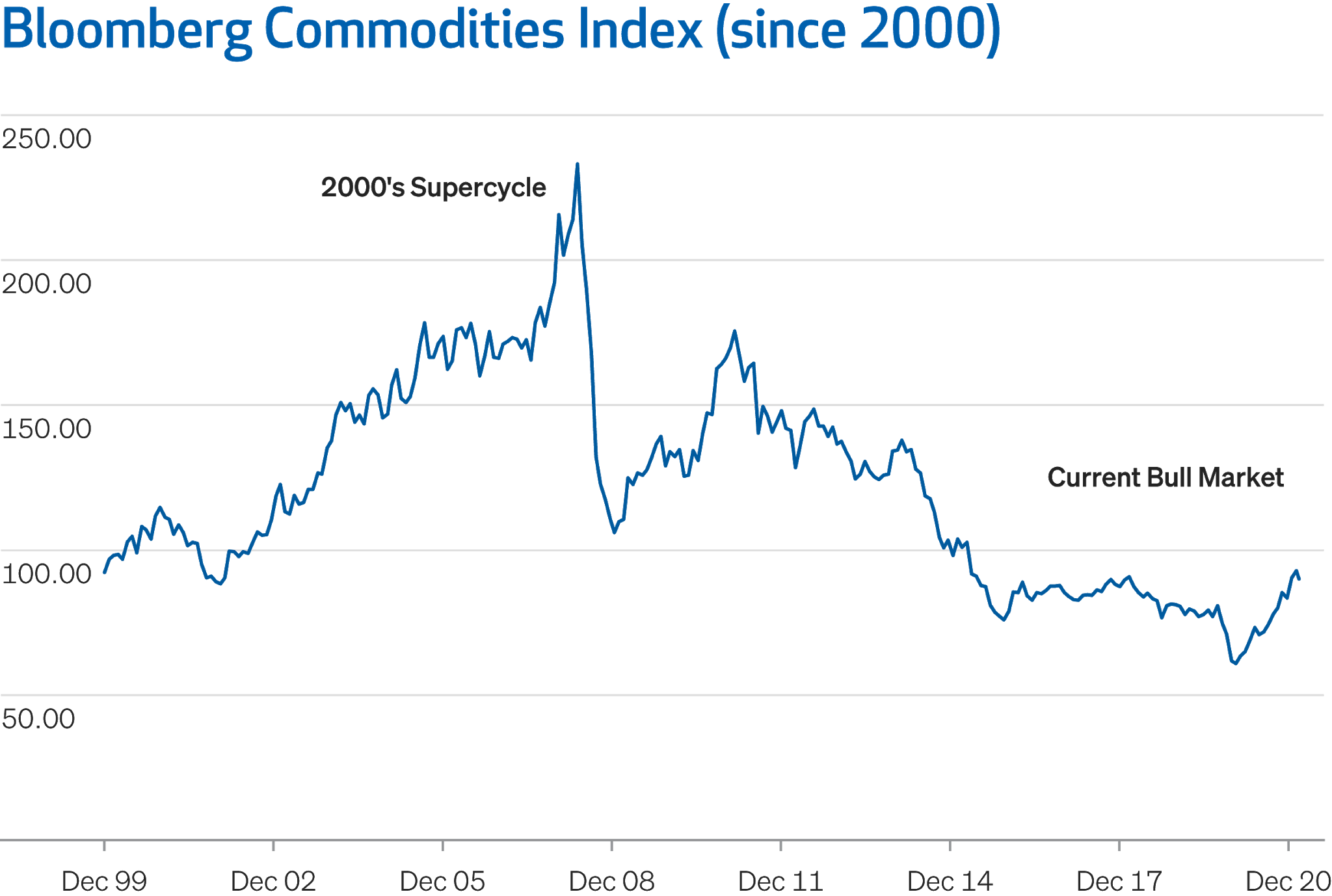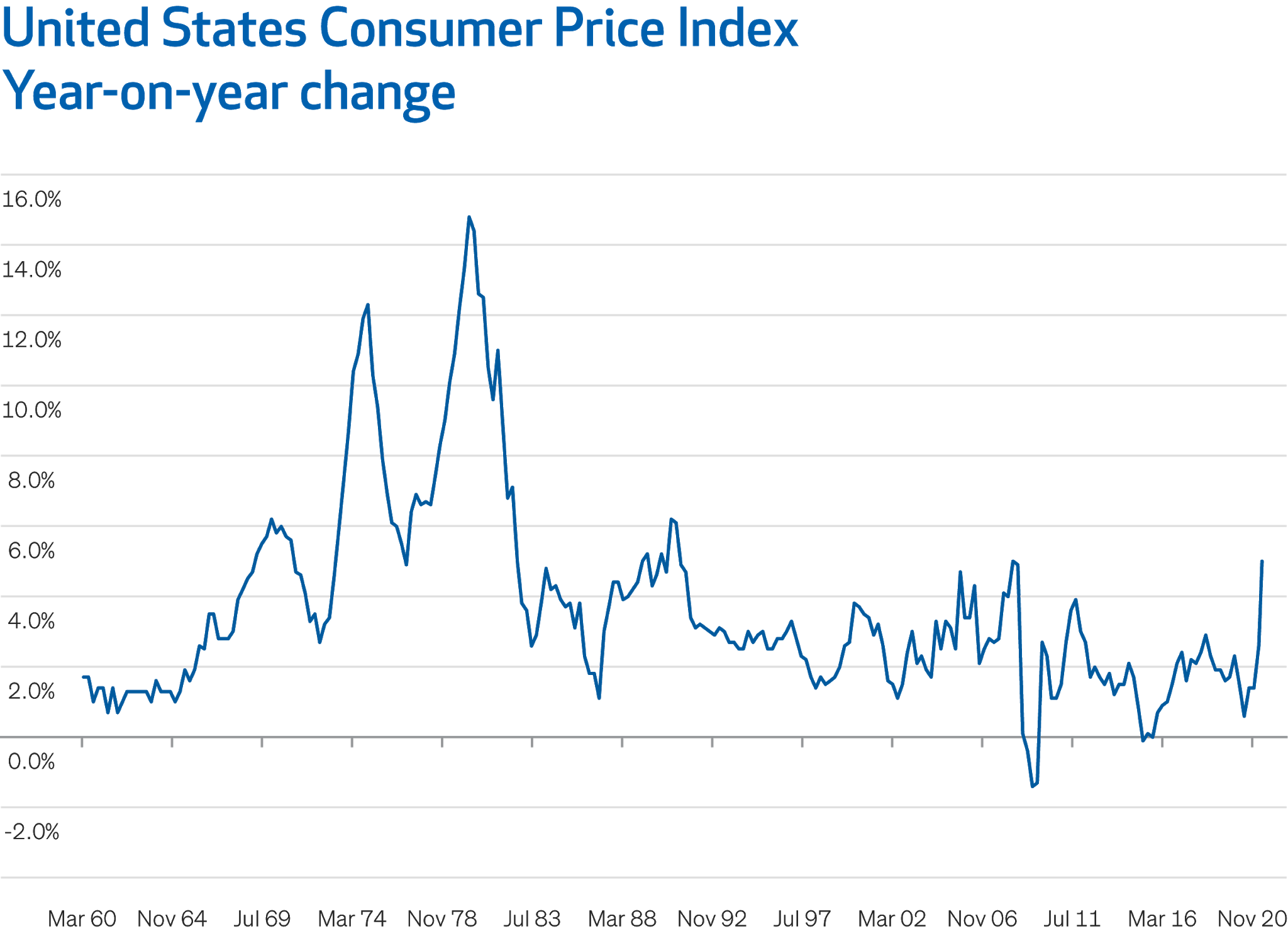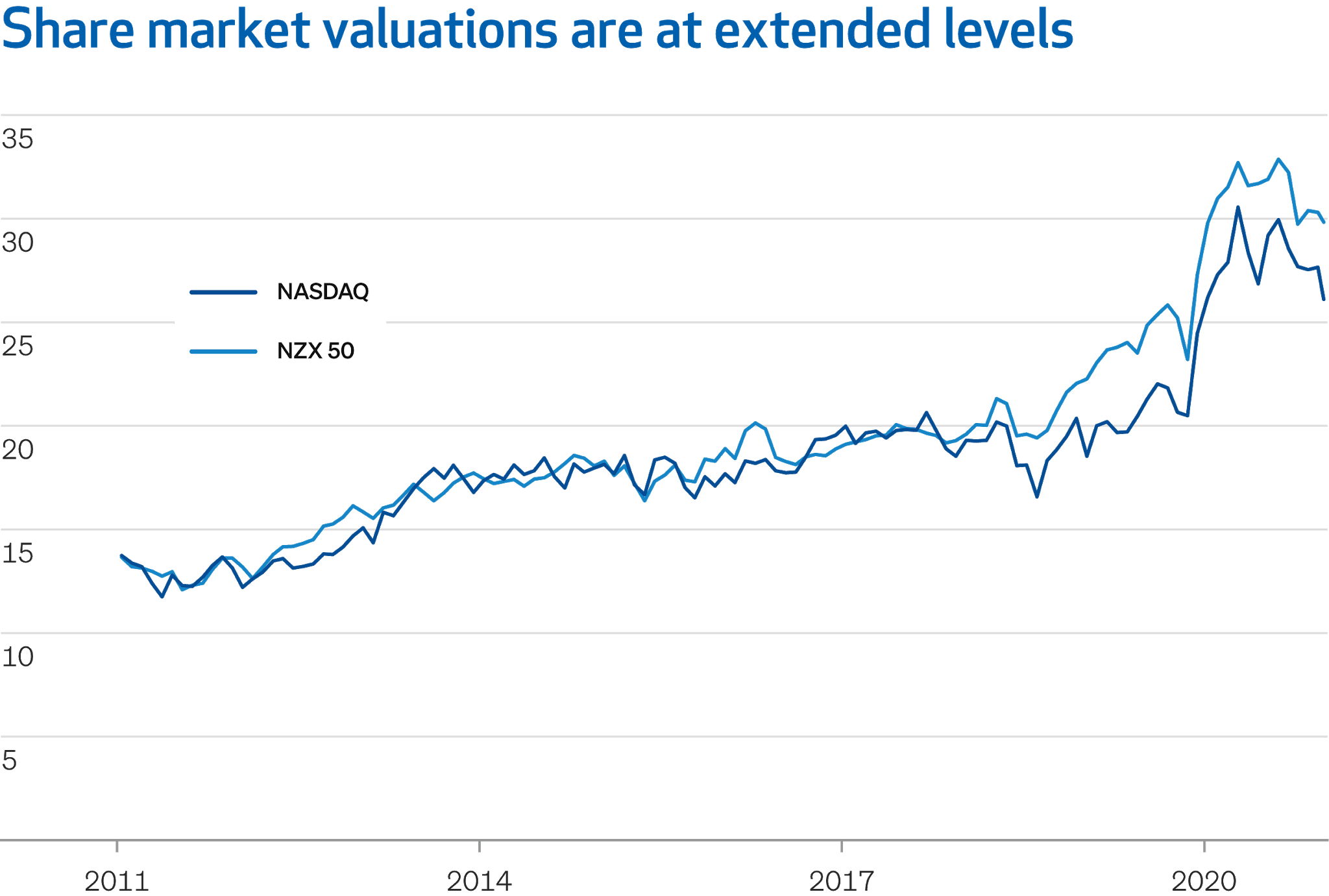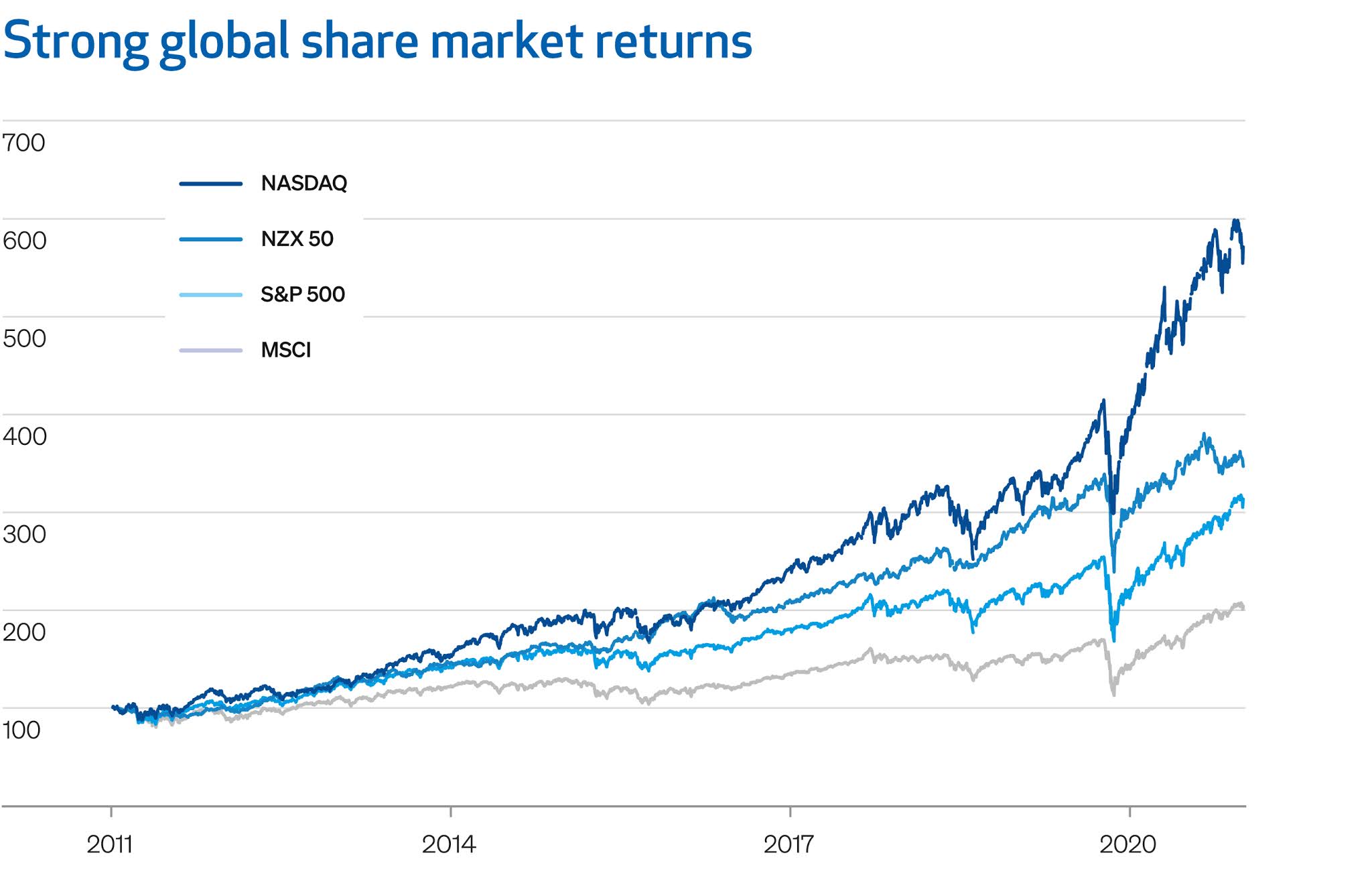Changes coming for default funds

As part of the Government’s oversight of KiwiSaver, it recently announced changes to the scheme. The changes take effect on 1 December 2021 and apply to those members who are invested with a ‘default provider’ and have been automatically enrolled in a ‘default fund’. They are big news in the industry, but to understand these terms and their importance, it requires a quick history lesson. In the mid 2000s, when the concept of introducing a new superannuation scheme was first mooted, the discussion focused on how to ensure it was successful. For many people this would be their first experience of being a diversified investor. The process by which prospective investors would select a fund manager and then a suitable asset allocation was seen as being critical to the scheme’s success. When the scheme was introduced in 2007 as KiwiSaver, the Government of the day set up a system where, if new investors enrolled in it without nominating a specific manager, they were randomly place



